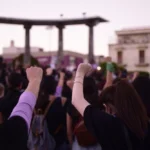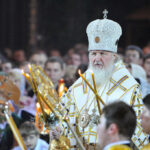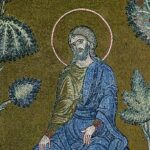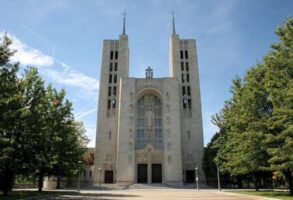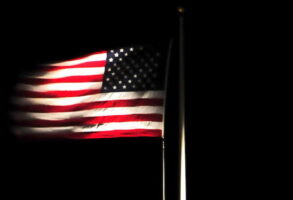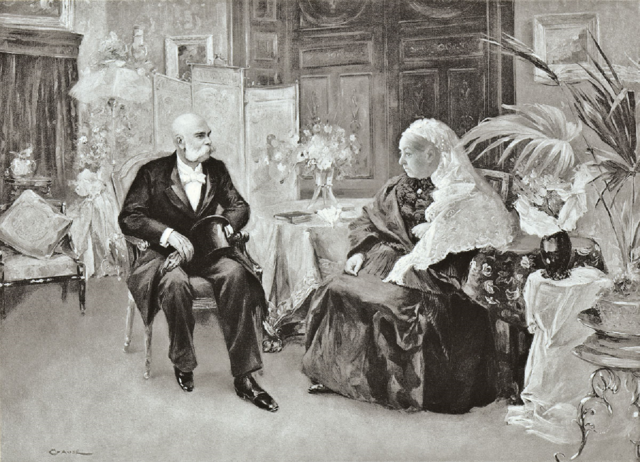
Published September 8, 2022
In 1903, the College of Cardinals met in Rome to elect a successor to Pope Leo XIII, who had reigned for 25 years. It was widely thought that the conclave would elect Cardinal Mariano Rampolla, who had served as Leo XIII’s influential Secretary of State. When it became clear that Rampolla was closing in on the votes to be elected, the Archbishop of Krakow intervened.
Austrian Emperor Franz Joseph had instructed his Cracovian subject to invoke the ius exclusivae – a right of exclusion claimed by certain Catholic monarchs to veto a single candidate in a conclave – against Rampolla. The College of Cardinals did not acquiesce immediately to the Emperor’s demand, but after several more rounds of voting, it was Giuseppe Sarto, not Rampolla, who emerged from the conclave as the new bishop of Rome, taking the name Pius X.
The Conclave of 1903 was not the first time a Catholic monarch had vetoed a candidate in a conclave, but it would be the last. Only a few months after his election, Pius X put an end to the ius exclusivae once and for all.
More than a fascinating bit of Catholic trivia, the story of the 1903 Conclave is also a reminder that lay Catholics have, in the past, exercised tremendous influence within the Church – even if in ways that didn’t always make theological sense, or sit well with the hierarchy.
There remain a few lingering remnants of the old order. The President of the French Republic, for example, retains the right to nominate the bishops of Metz and Strasbourg. And the Vatican agreement with China is a sort of distant (and more dangerous) throwback, effectively ceding the right of nomination to Beijing.
The Second Vatican Council’s decree on the episcopate, Christus Dominus, unambiguously opposed extending such rights to secular authorities (to say nothing of atheist, Communist governments): “[T]his holy council desires that in the future no more rights or privileges of election, nomination, presentation, or designation for the office of bishop be granted to civil authorities.”
If the Second Vatican Council emphasized the universal call to holiness and the essential co-responsibility of all the baptized for the mission of the Church, it also closed off some of the more obvious ways in which lay Catholics influence the Church’s life and leadership.
And to a certain degree, at least in the West, much of the post-Conciliar era has been marked by an attempt to assert lay power: not in the persons of Catholic princes, but in a more democratic mode.
The most recent and obvious example of this is the German Synodal Way, which explicitly considers “power” as one of the four primary fora for discussion. The Synod on Synodality, depending on who’s talking about it, is often portrayed as democratization and decentralization of ecclesial power as well, despite Pope Francis’ constant warnings against attempts to understand synodality through such categories.
Meanwhile, the most pernicious and widespread form of clericalism in the Church today – the irrepressible belief that the measure of a layperson is his proximity to the clerical power – continues to run rampant. It’s an idea spread mostly by laity.
While many lay people continue to clamor for a seat at the clerical table – worrying themselves about who gets to be in the sanctuary during Mass or serve as head of this or that dicastery in the Roman Curia – vast swaths of the vineyard which can only be tended by the laity are falling into disarray.
Take family life, for example. The Council spoke beautifully about the essential role of marriage and family in spreading the faith.
From the wedlock of Christians there comes the family, in which new citizens of human society are born, who by the grace of the Holy Spirit received in baptism are made children of God, thus perpetuating the people of God through the centuries. The family is, so to speak, the domestic church. In it parents should, by their word and example, be the first preachers of the faith to their children; they should encourage them in the vocation which is proper to each of them, fostering with special care vocation to a sacred state.
Yet here in the United States, in the years since the Council, the number of Catholic marriages has collapsed.
According to CARA, there were 426,309 Catholic marriages celebrated in this country in 1969, when there were roughly 50 million Catholics in the United States. By 2014, the number of Catholics in the country had grown to roughly 70 million – but the number of Catholic marriages had fallen below 150,000 for the first time. In 2020, no doubt because of the pandemic, the total number of Catholic marriages celebrated in the United States fell to 97,200.
When it comes to forming Catholic marriages – a central and irreplaceable part of the lay vocation – lay Catholics are failing miserably. Unsurprisingly, when it comes to raising the next generation of Catholics the numbers show lay Catholics are failing in their vocation there, too. In 1969, there were more than a million infant baptisms; by 2014, the number had fallen below 700,000. First Communions are also down dramatically.
This is not news; the trends have been obvious for decades. In virtually every case, the pandemic has rapidly accelerated the collapse. And we haven’t even touched on the evangelization of culture or the economy or politics – all primarily the responsibility of the laity.
The Second Vatican Council envisioned a revitalization of the lay vocation. And as easy as it has been in recent years to blame this bishop or that pope or such-and-such a priest for the state of affairs, lay Catholics need to ask ourselves why our portion of the vineyard has fallen into such disarray.
Stephen P. White is a fellow in the Catholic Studies Program at the Ethics and Public Policy Center. Mr. White’s work focuses on the application of Catholic social teaching to a broad spectrum of contemporary political and cultural issues. He is the author of Red, White, Blue, and Catholic (Liguori Publications, 2016).
Stephen P. White is a fellow in the Catholic Studies Program at the Ethics and Public Policy Center. Mr. White’s work focuses on the application of Catholic social teaching to a broad spectrum of contemporary political and cultural issues. He is the author of Red, White, Blue, and Catholic (Liguori Publications, 2016).

